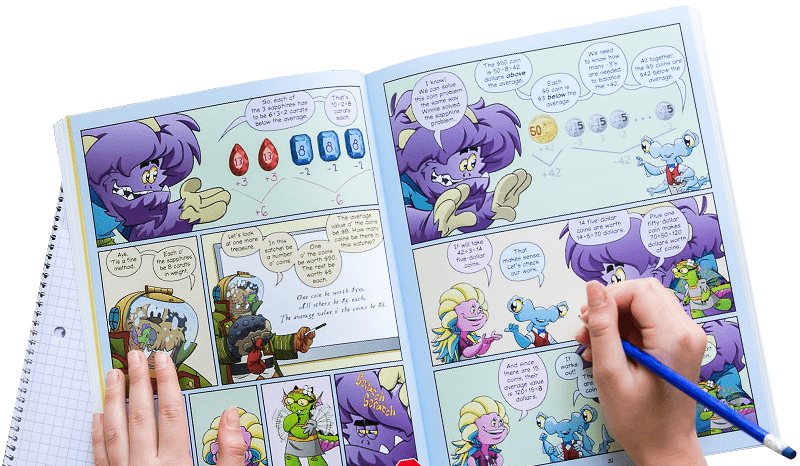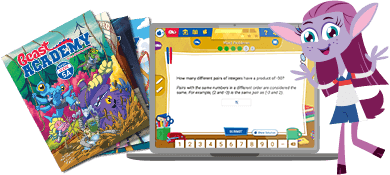Pop-Up Dodecahedron
Make a 3-D geometric figure using just cardboard, and a rubber band! Then watch it pop!
Instructions
Start by cutting a strip of paper about an inch thick.


(Depending on your rubber band and cardboard, you may find that a slightly larger or smaller strip of paper is ideal. We used a rubber band with a diameter of about 2.5 inches.)
Did you know that a paper knot, flattened out, makes a pentagon? Tie your strip into a knot, and pull the ends of the paper gently until the knot gets fairly tight. Then press the knot flat. As you press it, you may need to continue fiddling with the knot to take out any slack. Fold over the extra strips of paper until all you've got left is a pentagon.


Now you'll trace the pentagon onto a piece of thick cardboard. The sturdier, the better. Make the pattern below by tracing the pentagon six times.


Now, cut out the shape. You can do this by first making 5 straight cuts.


Look! You've made a bigger pentagon! Now cut out the 5 small triangles.

Finally, use a box cutter or other sharp knife to score the remaining lines, shown below. Be careful! This part should definitely be done by an adult.


As you cut, be sure not to cut all the way through the cardboard. Cut only through the top layer. Then fold gently along each scored line.

That was fun! Now make a second of these shapes. (Be sure to use the same paper knot so that both are the same size.)

This next part can be a bit tricky. Line up the two pieces you've made like this:

Now, weave the rubber band around the points of these overlapping shapes, in an over-under pattern.

Now let the rubber band pop your dodecahedron into shape!


Note that, if your rubber band is too tight, it may cause your dodecahedron to collapse, and if it's too loose, it may not hold the dodecahedron together.
Have fun! Squish the dodecahedron together, then let it pop back up! Kids will undoubtedly go a bit crazy with this geometrical delight, so be ready to re-weave the rubberband if it comes off.
Don't forget: it's Beast Academy Playground, not Beast Academy Study Hall. Change the rules, be silly, make mistakes, and try again. The Variations and Learning Notes are here for you if you want to dive deeper, but not all of them apply to learners of every age. The most important thing is to have fun.
What do you think of this activity?
We're always looking to improve. Submit your feedback to us below.
- paper
- scissors
- cardboard
- penci
- box cutter
- rubber band
- wonder
- shapes
- MP2
- K.G.A.3
- K.G.B.4
- 1.G.A.2

Ready to level up?
Keep problem solving with Beast Academy’s full math curriculum for students ages 6–13. Check out our captivating comic book series and immersive online platform.
LEARN MOREBring problem-solving to your classroom
Keep your entire class engaged with a full book and online math curriculum, for students ages 6–13. 98% of teachers say they’re satisfied with Beast Academy.
LEARN MORE



Ready to level up?
Keep problem solving with Beast Academy’s full math curriculum for students ages 6–13. Check out our captivating comic book series and immersive online platform.
LEARN MOREBring problem-solving to your classroom
Keep your entire class engaged with a full book and online math curriculum, for students ages 6–13. 98% of teachers say they’re satisfied with Beast Academy.
LEARN MORE
Sign up to be notified when new videos are released.
















































